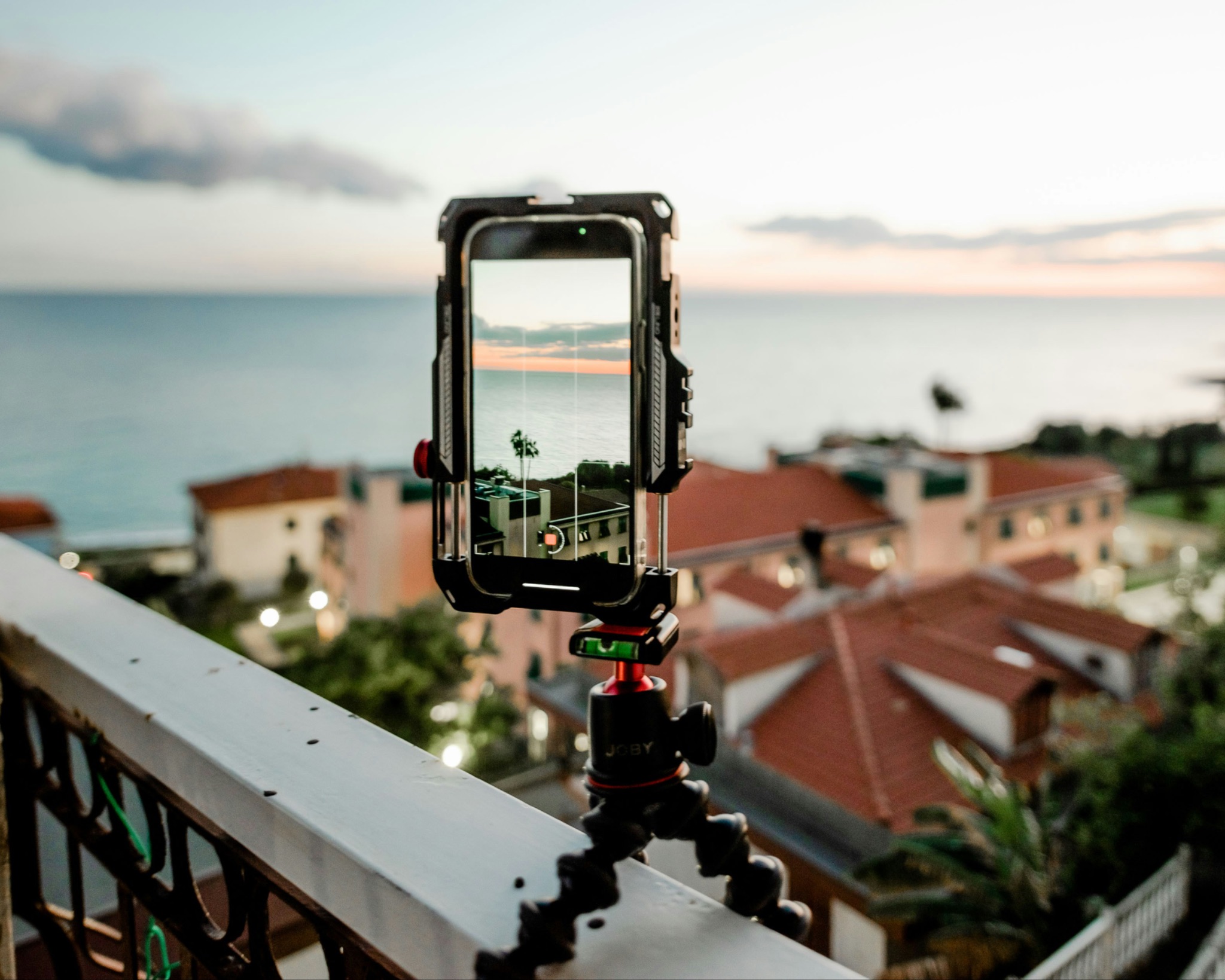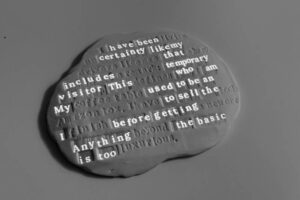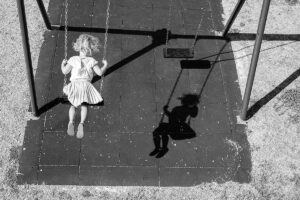Early in the digital camera era there were multiple attempts to find a way to convert existing film cameras to work with the new capture technology.
Perhaps the most famous was Silicon Film, whose e-Film EFS-1 digital cartridge got to an advanced state of development before the company collapsed under the weight of development costs, continued engineering challenges, existing patents and insufficient orders. All of which was revealed in the subsequent lawsuit.
Now, around a quarter of a century later, a Swiss team, funded via Kickstarter, looks like it's about to deliver on that dream, despite all the challenges.
I'm Back has partnered with the current owners of the Yashica name to announce that its three crowdfunded projects are now available to order as fully-fledged retail products. The one that really catches our eye is the I'm Back Film, which promises to let you add digital capabilities to a wide range of original SLRs or film rangefinders, by mimicking the Silicon Film concept. Its website lists the unit at 645 Swiss Franks (∼$750).
The Silicon Film dream is back
Like the Silicon Film concept, the I'm Back Film is shaped like a 135 film cassette with a tongue extending from one side, on which a digital sensor is mounted. A ribbon cable extends from here to a box that screws into the tripod socket, containing the processing circuitry, a battery and a small touchscreen to control the unit's settings. A small red button then connects to the processing unit to activate the sensor.
 |
|
The film module being installed in a camera with the processing module attached below. Yashica branding appears to have been added to this image. Image: I'm Back |
To shoot an image, you first press the red button to start the sensor's exposure, safe in the knowledge that the camera's shutter speed and aperture settings will define how much light the sensor actually experiences.
The challenges
I'll admit I've been deeply skeptical about how far I'm Back would get, in part because so many attempts had failed, and how many hurdles these attempts had shown there to be, so I tip my hat to the I'm Back team for overcoming so many of them.
Back in 2017, when I'm Back announced what it now calls the "I'm Back 35," I simplified the challenges, as encountered when large companies such as Nikon looked at the problem, into a list that included:
- Sensor/film plane alignment
- Syncing the SLR shutter and digital exposure
- A means of changing the digital settings
- Compatibility across the dwindling supply of film SLRs
- Keeping the cost reasonable
- Space for batteries and processing hardware
- Sufficient image quality to make the whole ordeal worthwhile
This earlier I'm Back project – including a ground glass that fits in the film plane, photographed by a compact camera sensor mounted in a clumsy plastic periscope attached to the back of the camera – only made the whole idea look less credible. I'm Back 35 only worked for cameras whose film doors could be removed and offered dedicated cases for some cameras, taking us further away from the simple 'drop in a digital cassette' ideal.
The combination of bulk and limited image quality potential made it easy to dismiss as a serious attempt to extend the life of older cameras. At least for anyone who isn't engaged with the Lomography-style 'the imperfections are the appeal' aesthetic. Perhaps the I'm Back 35 will gain traction with the generation embracing wilfully limited early compacts.
I'm Back Film
 |
|
An image of the I'm Back Film module, with Yashica branding added. Image: I'm Back |
The I'm Back Film is a rather different prospect. It's built around a Four Thirds sized sensor (the 20MP IMX269 made by Sony Semiconductor). This use of a smaller-than-full-frame sensor reduces the level of precision needed to align the sensor with the film camera's exposure area, as well as keep costs and power usage under control.
Using a relatively large modern sensor opens up the potential for very good image quality, and the option of Raw capture means you're not solely dependent on the company's JPEG processing expertise (which we've yet to experience). I'm Back has already built-up experience of designing touchscreen interfaces to solve the problem of changing the sensor's settings, addressing another of the original challenges.
The use of a Four Thirds sized sensor, while more impressive than the 2.6x crop chip that Silicon Film originally planned, still confers a significant limitation on anyone trying to use their old film lenses. I'm Back provides a frame that can be stuck into the camera's viewfinder to mask-off the unused area and offers a 0.45x wide-angle converter lens that screws onto the 52mm filter thread used by many film-era 50mm lenses, to help compensate for the crop.
Continuation vs Vinylism
 |
|
Who doesn't want to breathe some new life into that much-loved film camera currently collecting dust? Image: I'm Back |
To me, the significant crop and the rather quirky way around it suggests the aims of the I'm Back Film are quite different to those of Silicon Film's attempt. After 25 years, the goal isn't to let you continue to use your film SLR instead of a dedicated digital camera – the 'accessible' full-frame DSLR arrived long ago, and the move to mirrorless means most legacy lenses can be adapted to a wide range of cameras – but to revive old cameras for the fun of it.
This is perhaps for the best, as most of the film cameras it's designed for are a quarter of a century older than they were when Silicon Film was trying the same thing. Warranties have long-ago elapsed and the ability to repair many film-era cameras continues to diminish.
 |
|
Now that a quarter of a century has passed, the role that a digital module for film cameras must play has arguably changed. Image: I'm Back |
But once you see the aim as being to have some fun with some old, beautifully-engineered cameras that would otherwise be collecting dust or acting as lifestyle signifiers on statement bookshelves, we enter the world of Vinylism: the embrace of an old technology for the sake and the aesthetic of it.
Most people recognize that vinyl isn't a better medium in any measurable sense, and no one claims it's more convenient or practical than digital alternatives. But there's an undeniable charm to the experience, whether it's the large-format sleeves, the ritual of manual intervention or simply the way it looks and feels. As such the way the I'm Back Film should be judged has nothing to do with how it compares with mainstream modern cameras, because, unlike Silicon Film, it's not trying to usurp them.
Even if you disagree with that position or don't subscribe to the Vinylist ethos, to have come this far when so many have failed is truely impressive. I'm Back said it was unable to send us a Film unit in the build-up to this launch, but we'd happily review it, on its own terms, if they ever choose to.

 2 weeks ago
11
2 weeks ago
11








 English (US) ·
English (US) ·